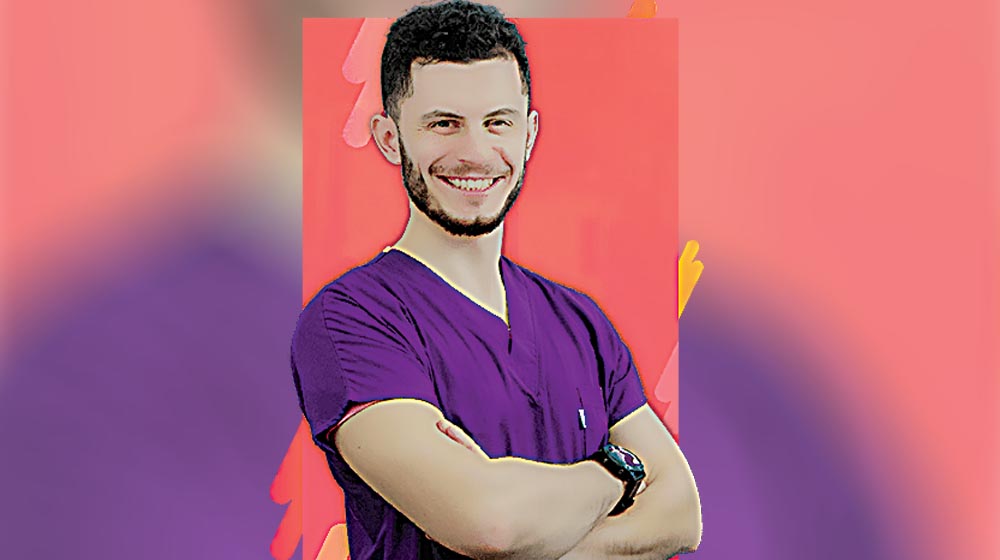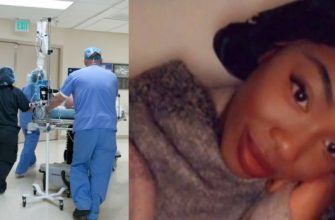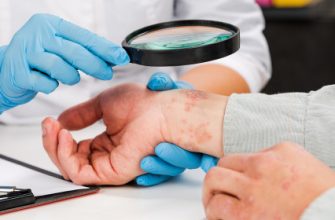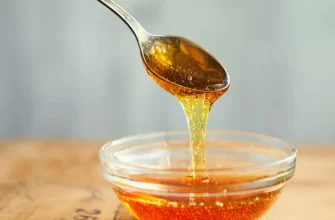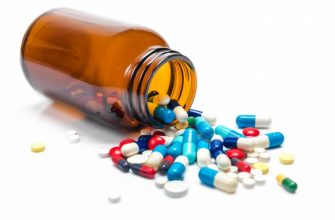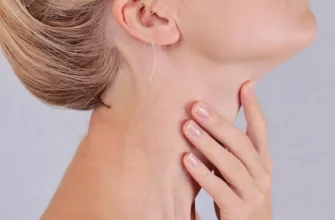Dr. Miroslav Dragolov graduated from Medical University – Sofia, and specialized in UMBAL “Prof. Dr. St. Kirkovich”, Stara Zagora. Already during his student years, he showed an interest in dermatology, which motivated him to actively volunteer in a number of skin and venereal disease clinics in Sofia and Stara Zagora.
He has numerous participations in national and international congresses and symposia in the field of clinical dermatology and venereology.
He has been trained to work with laser equipment, such as CO2, Nd-YAG, Q-Switch and various diode lasers. He has mastered world techniques for removing tattoos, vessels, pigmentations, scars and skin formations.
He has acquired specialties in dermatology and venereology, aesthetic medicine. He is a member of the Bulgarian Medical Union, Bulgarian Dermatology Society, IDS – International Dermoscopy Society, ESLD – European Society for Lasers and Energy Based Devices and EADV – European Academy of Dermatology and Venereology.
We talk to Dr. Miroslav Dragolov about modern therapy for psoriasis and other skin diseases.
– Dr. Dragolov, the sea is getting closer to us, not only with the desired rest, but also with its healing properties. What does thalassotherapy cover?
– Thalassotherapy (sea therapy) covers the therapeutic and prophylactic application of sea water, mud (peloidotherapy), algae (algotherapy), sand (psamotherapy), lye, sunlight and the sea climate in general. The word originates from the ancient Greek word “θαλαssα” meaning “sea”.
– How effective is it in patients with psoriasis?
– Psoriasis is one of the diseases with the best therapeutic response to thalassotherapy, with minimal risk of side reactions. Apart from the skin, the therapy also has a good effect on the arthritic changes in the disease.
Elements such as magnesium, potassium, calcium sulfates and sodium contained in seawater are believed to be absorbed through the skin and are also beneficial for a good therapeutic response to thalassotherapy.
In the morning, before sunrise, the air on the seashore is rich in ozone and negative ions and iodine, released in a gaseous state by seaweed. They have the ability to concentrate certain components of sea water in themselves (potassium, iodine, sulfur). There are over 200 types of algae in the Black Sea – brown, green and red.
Thalassotherapy provides a natural and natural method of treating psoriasis, but when the climatic conditions are not suitable, there are alternative man-made methods.
It should not be forgotten that sea treatment necessarily requires specialized dermatological control. No patient should overestimate their knowledge and undertake self-treatment.
An anti-inflammatory diet helps with arthritis and psoriasis
– As part of the thalassotherapy, you also mentioned the lye. What is it and what are its healing properties?
– Lye is an end product of salt extraction. It is obtained from lake rapa (water with a chemical composition close to that of sea water and healing mud from the bottom of the lake), after the evaporation of the water in the salt pans and the crystallization of the salt.
The lye contains all the ingredients of sea water and rapa, but in greater concentration (calcium, sodium, magnesium, chlorine, bromine, sulfates, many trace elements, organic substances, etc.).
– Is thalassotherapy suitable for all patients affected by various forms of psoriasis?
– All forms of psoriasis are suitable for sea treatment, with the exception of severe ones that cover the entire skin (erythroderma) and those that occur with purulent bubbles scattered on the skin (pustular).
– Where in Bulgaria are the most suitable places for conducting thalassotherapy?
– The most suitable for this purpose are the Burgas Saltworks on the Atanasovo Lake, the Pomorie Saltworks, the Tuzlata area and the Shable Lake.
– What other treatment methods can thalassotherapy be combined with?
– Combination therapy must first of all be agreed with the treating dermatologist. It can be combined with local exfoliating, degreasing agents (emollients, cooling creams). In some cases, calcipotriol and antioxidants are used. In patients on biological therapy with monoclonal antibodies, phototherapy accelerates the reverse development of plaques.
It should not be forgotten that psoriasis is a systemic, chronic immune-mediated disease. If patients do not seek medical help in time, the disease can cause serious complications – arthritic, lung, kidney, liver and cardiovascular changes, problems with excess weight, blood sugar and sleep.
Dr. Miroslav Dragolov
– What are the alternative methods of thalassotherapy for psoriasis?
– With the help of special lamps, narrow-band UVB therapy (Narrow Band UVB; NB-UVB) can be performed, which includes ultraviolet rays in a very narrow spectrum – between 311-313 nm, or the so-called phototherapy.
Human skin is most sensitive to sunburn from shorter wavelengths, so with NB-UVB lamps this risk is greatly reduced. The narrowly selected wavelength allows for longer exposure and significantly higher and effective doses, without redness and burning.
The other methods include mud therapy and balneotherapy in one of the many spa complexes in the country.
– What types of phototherapy are there to treat psoriasis?
– There are two main types of phototherapy for the treatment of psoriasis – based on UVA and UVB light.
PUVA is a method of treating psoriasis that combines a medicine that increases the skin’s sensitivity to light (psoralen – taken by mouth or applied topically) and ultraviolet A rays (UVA). The therapy carries risks and is not widely used.
UVB phototherapy for psoriasis is safer than PUVA and is recommended for patients with psoriasis. It can be, as I already mentioned, broad-spectrum (280-320 nm) and narrow-spectrum (311-312 nm). Narrow-spectrum UVB therapy is considered the most effective in the treatment of psoriasis. Patients usually experience improvement in symptoms after a few therapy sessions.
Prolonged and uncontrolled phototherapy is associated with an increased risk of redness, headache, nausea and cancerous skin changes.
As a precaution, after a light therapy session, the skin should not be exposed to direct sunlight.
– Outside the topic of psoriasis, you have presented an extremely rare case with your patient, indicating that it is only the second in the world. Tell us about this rare dermatological disease?
– At the 28th Sofia Dermatology Days, I presented a clinical case from the Clinic for Skin and Venereal Diseases in Stara Zagora, where I specialize. We are talking about a patient with bullous pemphigoid – an autoimmune bullous dermatosis. The disease proceeds with the formation of autoantibodies to proteins responsible for attaching the surface layer of the skin (epidermis) to the dermis.
Myths about psoriasis
When they break down, this layer is separated, which leads to the formation of tense blisters on the skin, filled with fluid. In case of rupture, hard-to-heal erosions remain in place of the blisters. According to European epidemiological studies, the incidence of bullous pemphigoid in the population is between 4 and 22 people per million per year, which places it in the column of rare diseases. What was unique about our patient was something else – the triggering factor. This is usually a medication, viral or bacterial infection.
Our patient had developed the dermatosis after treating lawns with pesticides, without protective equipment. Pesticides are a characteristic cause of another autoimmune bullous dermatosis – pemphigus vulgaris. Upon reference in the literature, we found only one other described case of bullous pemphigoid caused by pesticides and that from a Bulgarian team. In the past, this disease was fatal. Nowadays, thanks to modern medicine, the disease is successfully treated and the patient was discharged clinically healthy, with home therapy in tablet form.
– What other rare diseases do you have in your practice?
– The most recent rare case I presented at the Sofia Dermatology Days last year was of a patient with dermatomyositis – a rare autoimmune disease affecting muscles and skin. What was unique about this man was the accumulation of calcium in the skin and subcutaneous tissue, known as calcinosis cutis. The disease can be manifested by skin rashes, muscle weakness and hard-to-the-touch skin calcium deposits.
Milena Vasileva

